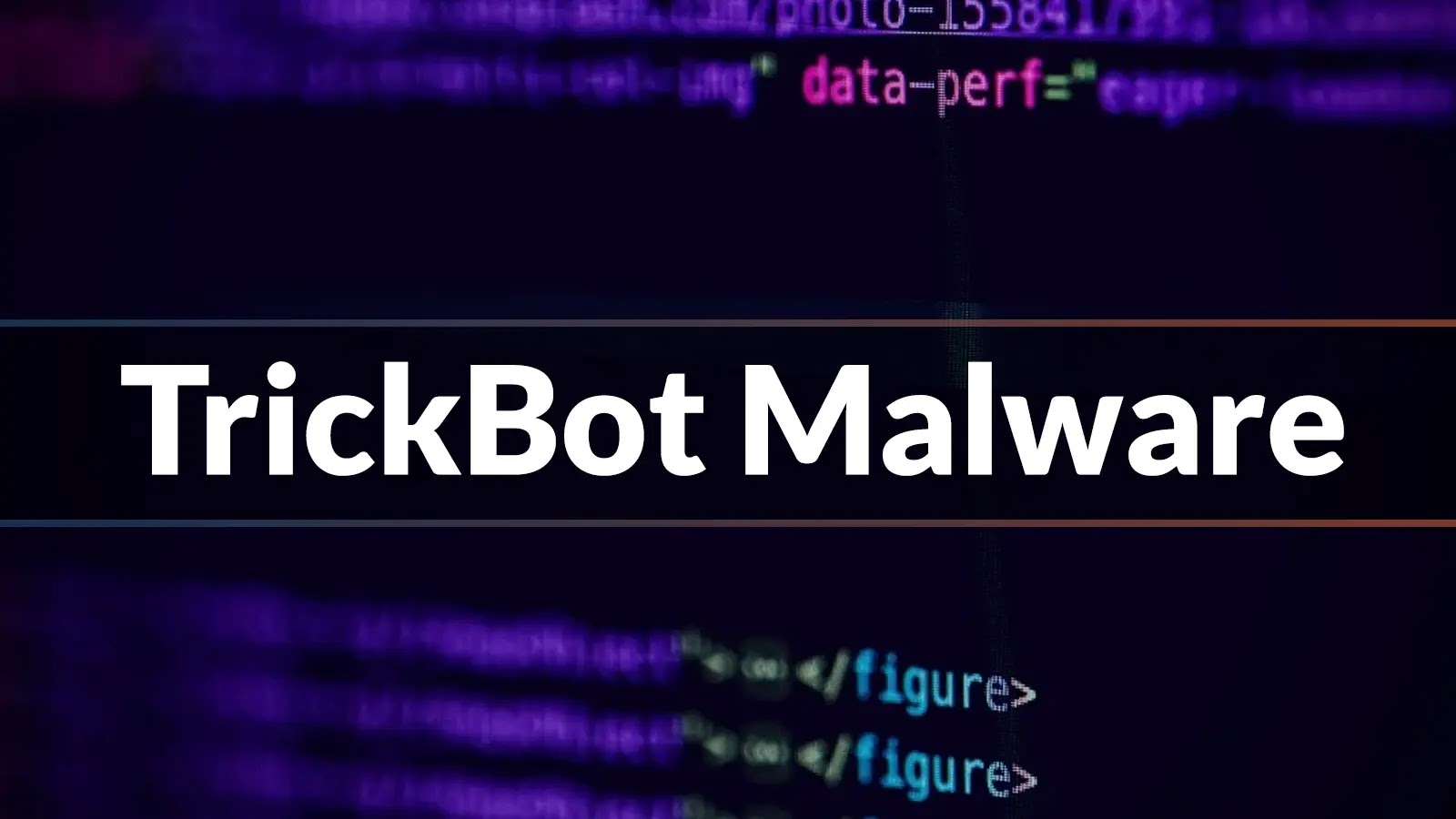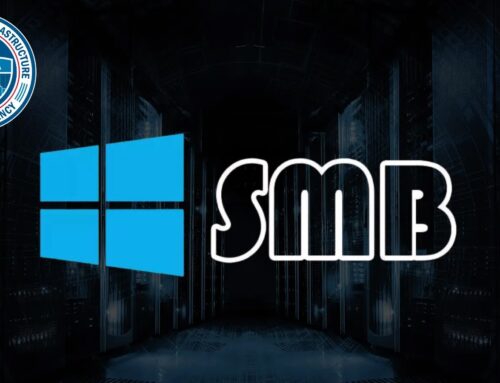
Ransomware Groups Using TrickBot Malware to Exfiltrate US$724 Million in Cryptocurrency
The Cryptocurrency Ransomware Bonanza: How TrickBot Fuels a $724 Million Extortion Engine
The relentless threat of ransomware continues to redefine the contours of cybersecurity. As organizations grapple with increasingly sophisticated attack vectors, a disturbing trend has emerged: the symbiotic relationship between established malware families and ransomware-as-a-service (RaaS) groups. At the heart of one of the most lucrative and destructive cryptocurrency extortion schemes lies TrickBot, a versatile banking trojan that has facilitated attacks worth over US$724 million in cryptocurrency.
TrickBot’s Evolution: From Banking Trojan to Ransomware Enabler
Originally engineered as a banking trojan designed to pilfer financial credentials, TrickBot has undergone a significant metamorphosis. Its modular architecture and robust capabilities have transformed it into a multi-purpose threat, making it an invaluable asset for various cybercriminal enterprises. Its evolution into a potent tool for initial access and payload delivery makes it particularly attractive to RaaS operators.
TrickBot’s primary functions contributing to ransomware deployment include:
- Credential Theft: Gaining access to network credentials for lateral movement.
- Persistent Access: Establishing a foothold within compromised networks.
- Malware Delivery: Deploying secondary payloads, most notably ransomware binaries.
- System Reconnaissance: Mapping network topography to identify high-value targets.
The RaaS Ecosystem and TrickBot’s Role
Ransomware-as-a-Service has democratized cyber extortion, allowing less technically proficient individuals to launch sophisticated attacks. RaaS groups provide the infrastructure, ransomware code, and often, customer support, while affiliates handle the crucial task of breaching networks and deploying the malicious payloads. This division of labor has significantly scaled the threat.
TrickBot often serves as the initial infection vector in these campaigns. Once TrickBot gains entry, it can:
- Collect sensitive information.
- Move laterally across the network using stolen credentials or exploited vulnerabilities.
- Disable security software.
- Ultimately, download and execute the ransomware payload provided by the RaaS group.
This streamlined process allows ransomware gangs to effectively monetize their operations, leading to the staggering figures reported in cryptocurrency exfiltration.
High-Value Targets and Cryptocurrency Demands
The immense financial gains, exceeding US$724 million, underscore the effectiveness of this alliance between TrickBot and RaaS. These groups often target organizations with critical infrastructure, sensitive data, or those that cannot afford significant downtime, increasing the likelihood of a ransom payment. The use of cryptocurrency, specifically Bitcoin and Monero, provides a level of anonymity that complicates tracing and recovery efforts for law enforcement.
Remediation Actions and Prevention Strategies
Defending against advanced threats like those leveraging TrickBot and RaaS models requires a multi-layered, proactive cybersecurity posture. Organizations must prioritize robust preventative measures and rapid response capabilities.
- Implement Strong Endpoint Detection and Response (EDR): EDR solutions can detect and respond to suspicious activities indicative of TrickBot infections or ransomware deployment.
- Multi-Factor Authentication (MFA): Enforce MFA across all services, especially for remote access and privileged accounts, to mitigate the impact of stolen credentials.
- Regular Data Backups (Offline and Encrypted): Maintain immutable, segregated backups of critical data to ensure recovery in the event of a successful ransomware attack. Test these backups regularly.
- Network Segmentation: Isolate critical systems and sensitive data from the broader network to limit lateral movement.
- Regular Patch Management: Promptly apply security patches to operating systems, software, and firmware. While TrickBot doesn’t solely rely on CVEs for initial access, unpatched vulnerabilities can facilitate lateral movement or exploit chain escalation. For example, the PrintNightmare vulnerability (CVE-2021-34527) and LogonUI.exe vulnerability (CVE-2022-21907) have been exploited for privilege escalation in post-compromise scenarios.
- Security Awareness Training: Educate employees about phishing, social engineering tactics, and the importance of reporting suspicious emails or activities.
- Email Security Gateways: Implement advanced email filtering to block malicious attachments and phishing links.
- Least Privilege Principle: Grant users and systems only the minimum necessary permissions to perform their tasks.
Tools for Detection and Mitigation
| Tool Name | Purpose | Link |
|---|---|---|
| Snort | Network Intrusion Detection System for detecting malicious traffic patterns. | https://www.snort.org/ |
| Suricata | Open Source Network Threat Detection Engine, supports IDS/IPS. | https://suricata-ids.org/ |
| Wireshark | Network protocol analyzer for deep packet inspection and traffic analysis. | https://www.wireshark.org/ |
| Volatility Framework | Memory forensics framework for extracting digital artifacts from volatile memory. | https://www.volatilityfoundation.org/ |
| Yara | Tool aimed at helping malware researchers identify and classify malware samples. | https://virustotal.github.io/yara/ |
Key Takeaways for Cybersecurity Professionals
The US$724 million in cryptocurrency extorted via TrickBot-enabled ransomware attacks is a stark reminder of the financial incentives driving cybercrime. Cybersecurity professionals must acknowledge that an isolated defense is insufficient. A holistic security strategy encompassing robust technical controls, continuous monitoring, and proactive threat intelligence is paramount. Understanding the evolving tactics of groups leveraging malware like TrickBot for their ransomware operations is critical to protecting organizational assets and mitigating substantial financial and reputational damage.





